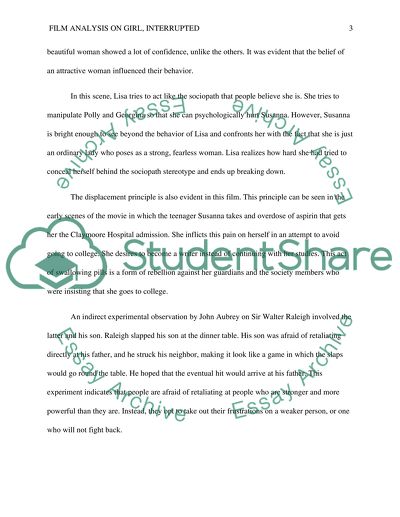Cite this document
(“Film Analysis on Girl, Interrupted Movie Review”, n.d.)
Retrieved from https://studentshare.org/psychology/1692224-film-analysis-on-girl-interrupted
Retrieved from https://studentshare.org/psychology/1692224-film-analysis-on-girl-interrupted
(Film Analysis on Girl, Interrupted Movie Review)
https://studentshare.org/psychology/1692224-film-analysis-on-girl-interrupted.
https://studentshare.org/psychology/1692224-film-analysis-on-girl-interrupted.
“Film Analysis on Girl, Interrupted Movie Review”, n.d. https://studentshare.org/psychology/1692224-film-analysis-on-girl-interrupted.


